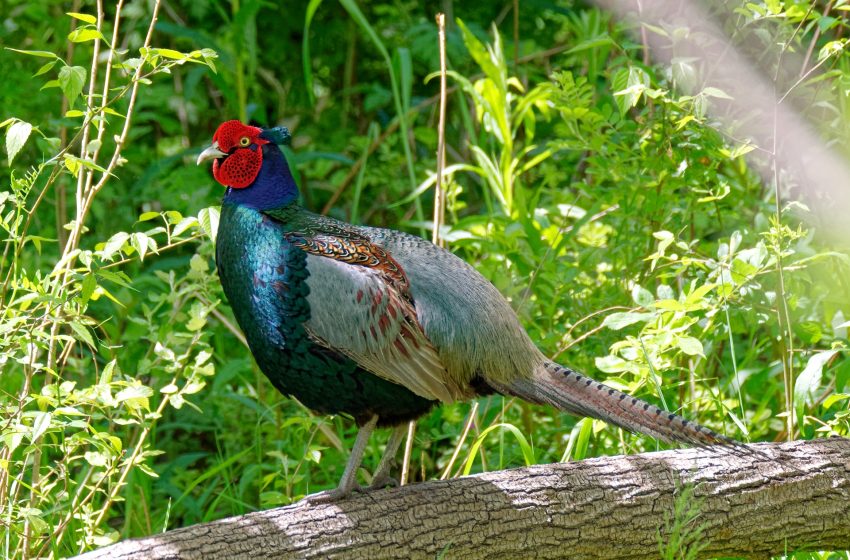
The Green Pheasant: Japan’s National Bird
In the heart of Japan’s rich tapestry of flora and fauna stands the Green Pheasant (Phasianus versicolor), known locally as Kiji. Esteemed as the national bird of Japan, the Green Pheasant symbolizes the country’s natural beauty and cultural heritage. This article delves into the fascinating world of the Kiji, exploring its significance, habitat, and the role it plays in Japanese culture.
A Glimpse into the Life of the Green Pheasant
The Green Pheasant is native to the Japanese archipelago and can be found across most of the country, from the snowy landscapes of Hokkaido to the subtropical regions of Okinawa. These birds prefer a habitat of dense underbrush and woodlands near agricultural fields, where they can forage for seeds, insects, and plants.
Males are particularly striking with their vibrant green plumage, purple chest, and long tail feathers, making them a splendid sight during the mating season. Females, though more subdued in color with their brown feathers, play a vital role in nesting and raising the young.
Symbolism and Significance
The Green Pheasant holds profound symbolism in Japanese culture. It is often associated with the Japanese New Year and good fortune. Due to its beautiful and unique appearance, it also symbolizes the country’s intrinsic love for nature and beauty. In literature and art, the Kiji is frequently depicted alongside iconic Japanese imagery, such as cherry blossoms and Mt. Fuji, further cementing its status as a national symbol.
The Kiji in Japanese Folklore
Japanese folklore is rich with tales and myths that feature the Green Pheasant. It is often portrayed as a messenger of the gods or a creature that brings luck and prosperity. In some regions, the call of the Kiji early in the morning is considered an auspicious sign, believed to ward off bad luck and attract positive energy.
Conservation Efforts
Despite its national symbol status, the Green Pheasant faces threats from habitat loss, agricultural expansion, and predation. Conservation efforts are underway to protect their natural habitats and ensure the survival of this species. National parks and wildlife reserves across Japan have become sanctuaries for the Green Pheasant, allowing them to thrive and continue to be a source of national pride.
Observing the Green Pheasant
For nature enthusiasts and bird watchers visiting Japan, the chance to observe the Green Pheasant in its natural habitat is a memorable experience. Early mornings in the countryside or the edges of forests provide the best opportunities to catch a glimpse of these elusive birds. Their distinctive calls and vibrant colors make them a captivating sight for anyone lucky enough to encounter them.
Conclusion
The Green Pheasant is more than just a bird; it is a living symbol of Japan’s natural beauty, cultural richness, and the enduring connection between the Japanese people and their environment. As the national bird of Japan, the Kiji continues to inspire and fascinate, embodying the essence of Japanese nature and the spirit of its people.
In preserving the Green Pheasant, Japan not only safeguards a precious species but also protects an integral part of its national heritage, ensuring that future generations can continue to appreciate and celebrate this magnificent bird.

